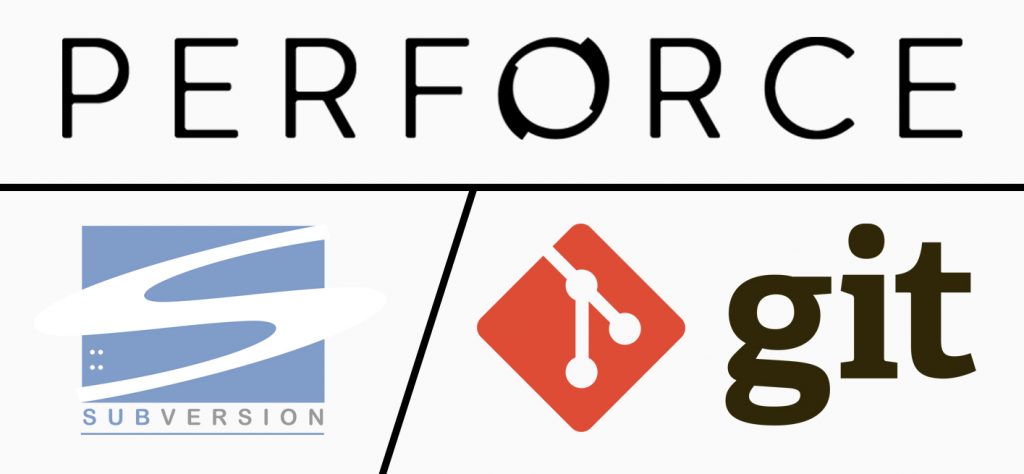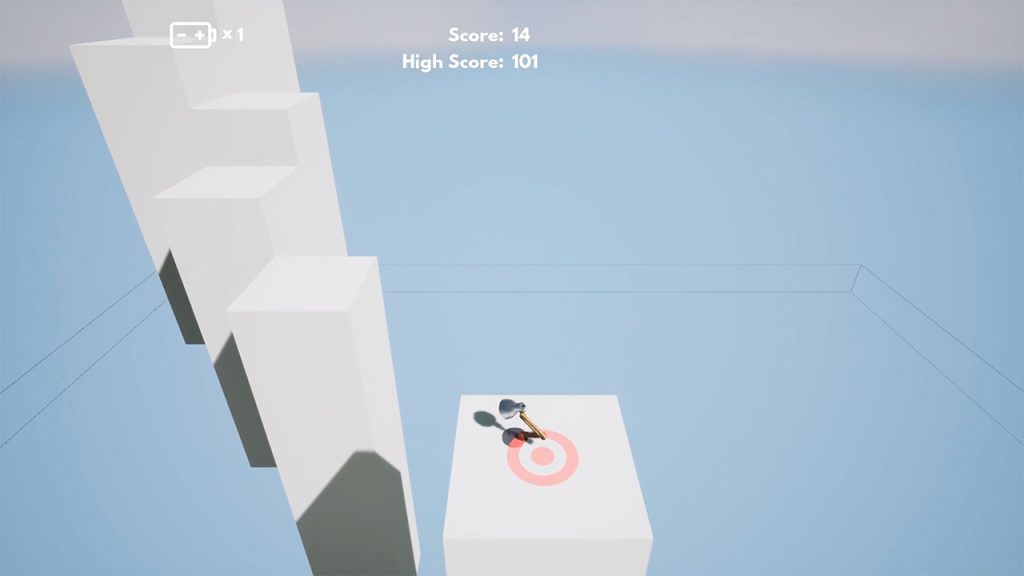
Choosing a VCS (Version Control System) for game development is not as easy as in regular development. Where a choice is a no-brainer these days.
Gamedev is different in that regard because:

Choosing a VCS (Version Control System) for game development is not as easy as in regular development. Where a choice is a no-brainer these days.
Gamedev is different in that regard because:

I am starting a series of blog posts solely dedicated to my new game project. I haven’t named it yet. But it is an action platformer about a robot that wants to escape from other robots, evil robots. The story takes place in a distant future on a faraway planet. The project is currently in a prototype stage – I made four prototypes that test game mechanics. And now I am working on the first level.
But this record I want to be about another project I started and abandoned. I really liked the idea – create a game about a topographer. The main activity would be to make maps. Following my game prototype approach, I went through several iterations and figured out that the game is quite boring and bland – there seems to be nothing in the game except walking between trees and stones and looking into your binoculars. I decided to put it in a box.
Unreal Engine 4 has a character AI implemented out of the box. And I have already posted about simple behavior trees. But what about non-characters? Well, this is unknown territory. But good thing Epics left some hooks which you can use to turn things alive. This is a tutorial on how to implement a simple vehicle AI in UE4.
I’ll try to make things as simple as possible, so let’s use the basic assets. We’ll use Advanced Vehicle C++ template as a starting point.

What is a game prototype? Certainly, there is a short and elegant definition. But I like how Jesse Schell explains it in his famous book The Art of Game Design. He says that the sole purpose of a game prototype is to answer a question or questions that arise during game development. Questions could be general like: “Is this game mechanic fun?” or very specific: “Does my team have enough experience to produce animations of given quality?”
When I just started my experiments in game development I did not know about prototyping. I had just a blurry vision of how a game development process should look like.
You may have heard about the famous 12 principles of animation. Two Disney animators formulated and introduced them in 1981. These principles are really important if you care about how the animation looks in your movie or game.
In Amazin Escape, the game I am working on now, the main protagonist is a jumping lamp. It jumps all the time and certainly different kinds of animations are an essential part of the game. When I worked on them I tried to follow the principles thoroughly.